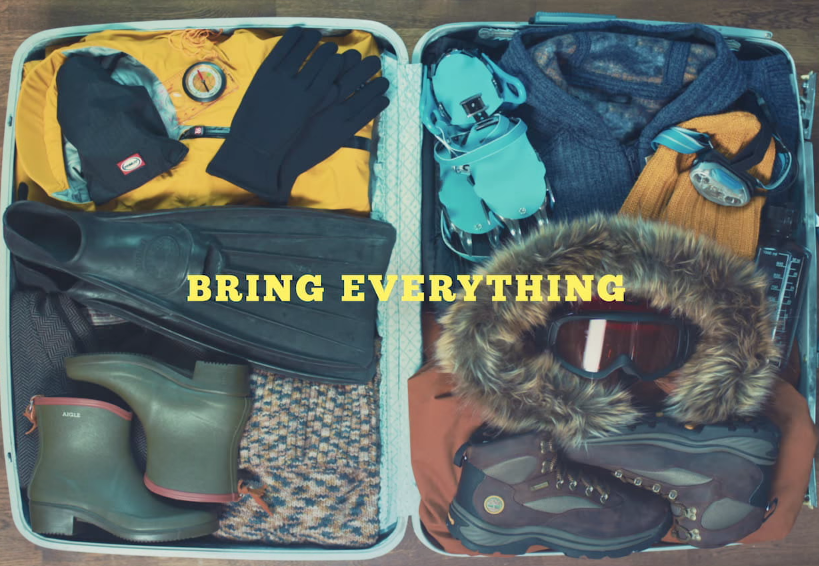8 Things You Should Know Before You Go To Vietnam
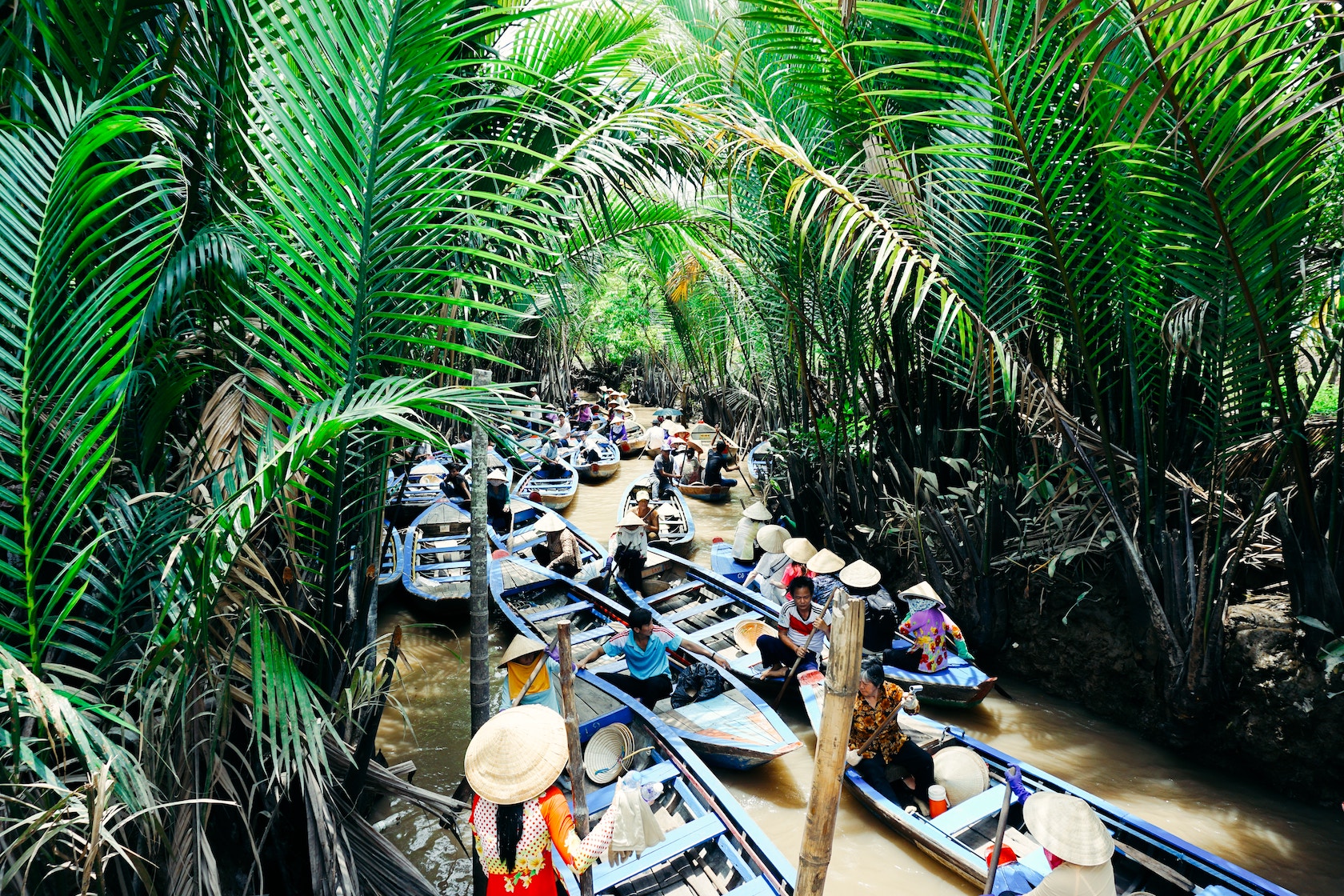
Contiki Australia - www.contiki.com
Jasmine is a freelance writer, currently based in London. She…
It’s 100 degrees outside. Beads of sweat trace a track down your spine and a clunky symphony of honking tuk tuks fused with the aroma of pork cooking over curb-side grills overwhelms your senses. This is Vietnam; it is as frantic as it is fantastic.
Besides the crowded streets of bia hois (pavement pubs), steaming pho stands and zipping motorbikes, what else do you need know about this southeast Asian hive before you head there? With its tangled history and quickly developing future, it’s wise to do your research. Better yet, let us do it for you!
Here are eight things (in no particular order) that you should know before venturing to Vietnam.

#1 Booking hotels online will not save you money
Forget trawling the internet for affordable hotel pricing; in Vietnam, searching for the ultimate bargain is more fruitful by foot. Though the country attracts just eight million tourists per year, its high-rise skyline is a sign of the countless hotels on offer. Just a short tour of a city’s backstreets will reveal friendly and clean accommodation. What they may lake in visible charm, however, they quickly make up for with their low-price point. Also don’t accept the first place you look at, take a look around and if you’re staying more than one night, haggle, haggle, haggle.
#2 The streets are for foodies
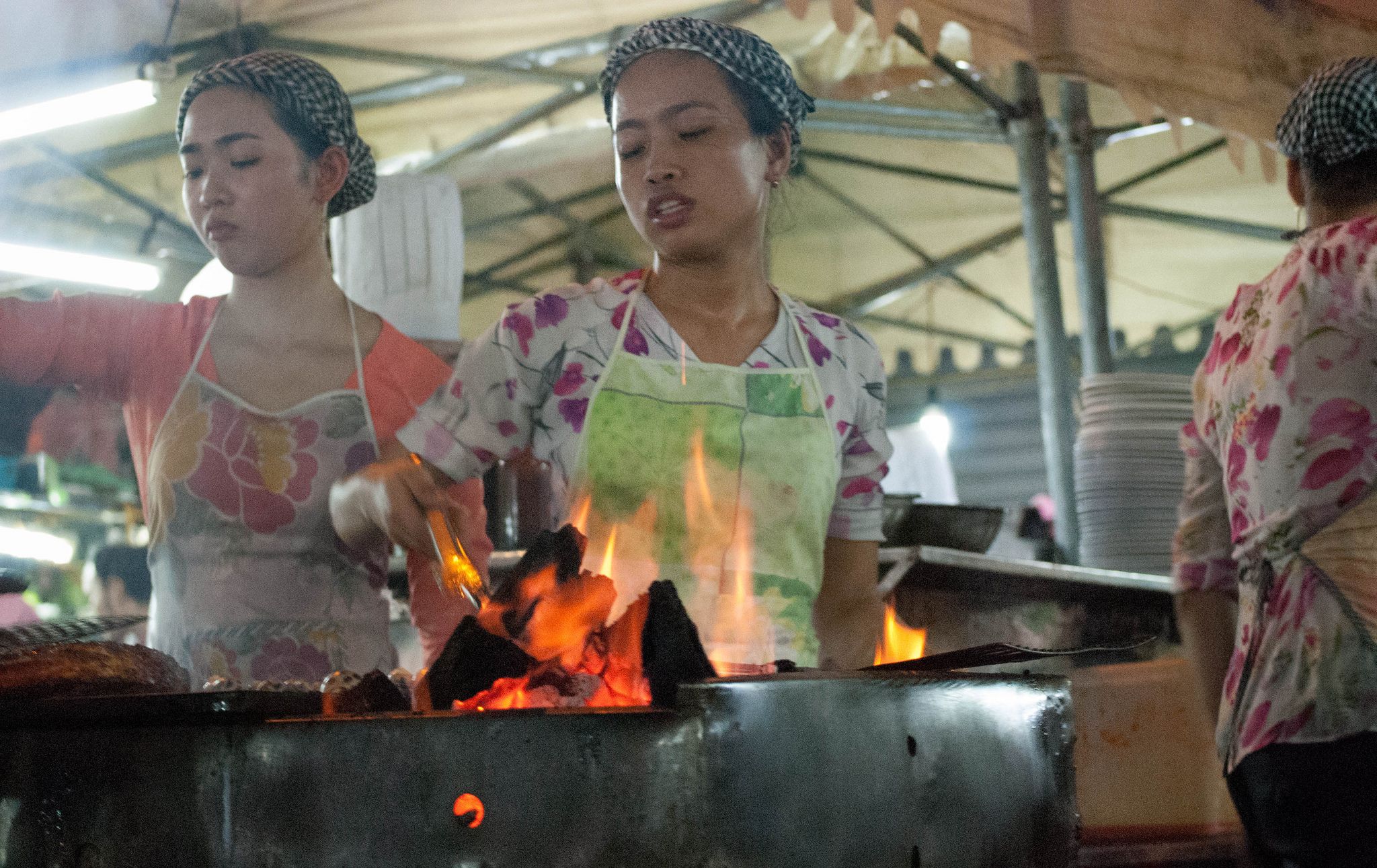
In Vietnam, street food plays a big part in the family home and in the country’s culture. That’s right, the iconic lady crouching over her sidewalk broth is an important factor to the economy. Here, the walkways are an expansive buffet, where locals and tourists can find their commonplace. But while it’s hard to say no to the crunchy crab rolls dipped in the creamy taste of tangy tamarind, always use common sense. Eat from stalls where the food is made on the spot, and if the pho’s not boiling it’s a no-go. Follow the crowd to the high turn-over spots and you’ll quickly fall for the cooking, the people and their traditions.
[related_articles]2246,57143[/related_articles]
#3 The cat’s mèo, and other food tips
Speaking of food, though laws have been in place since 1997 to ban the sale and consumption of dog and cat meat, there’s still enough cases upturned to suggest the practice lingers. Why not be totally sure what’s on the menu and learn the Vietnamese words? Thịt chó, means dog meat and thịt mèo, cat meat. (Can we also take this time to appreciate how adorable it is that the word for cat is mèo?) The delicacy can sometimes be listed on menus as “little tiger,” and often turns up in restaurants that boast about an “exotic surprise”.
Also, get some culture and make sure you’re pronouncing the national dish, ‘pho’, correctly. When you say it like “go” you’re actually saying “street” in Vietnamese. You can easily remember the right way to order your delicious soup by knowing it’s the same sound as the “fuuh” in “phenomenal”. Pho in Vietnam is phenomenal.
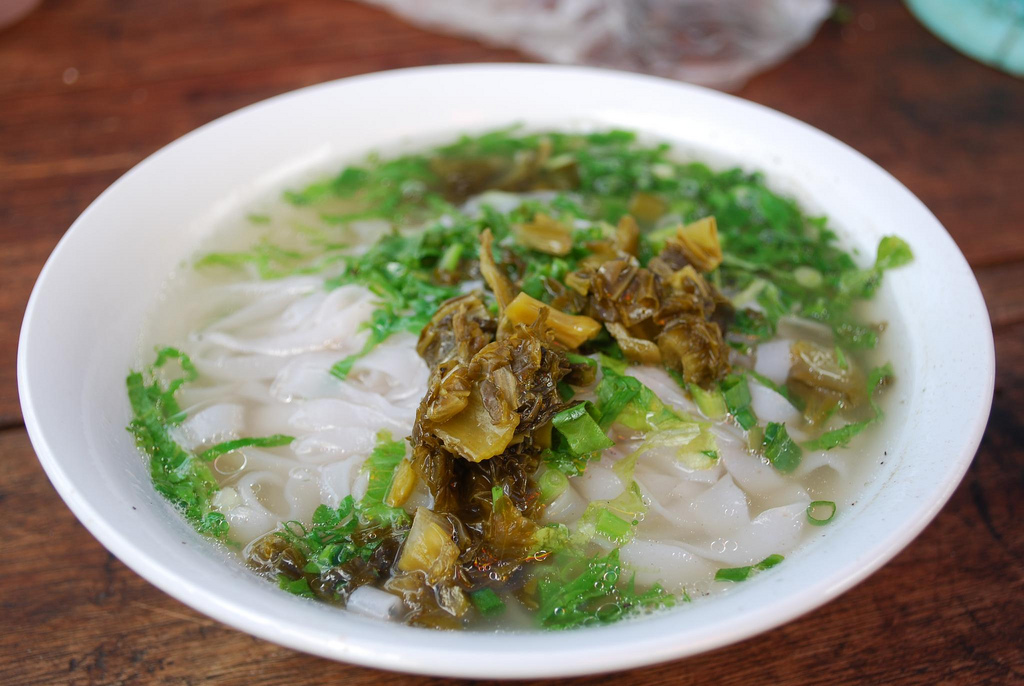
#4 Visit the north for an authentic experience
Starting up north, traditional Hanoi harbours an identity that is unequivocally Vietnamese, give or take a few faded colonial façades. Cooler in climate, this region combines a reflective attitude about the past with a vehement approach to preserving it.
Visit ancient pagodas atop misty, willow-edged lakes, the valleys of floating villages and mountainous peaks and their historical Buddhist temples. But it’s not just the serene and majestic that defines this region – the city of Hanoi is a barrage of noises, smells and motor vehicles. A ‘functional chaos’, traffic ripples and seethes as motorcycles swerve and push past queues, mounting footpaths when necessary.
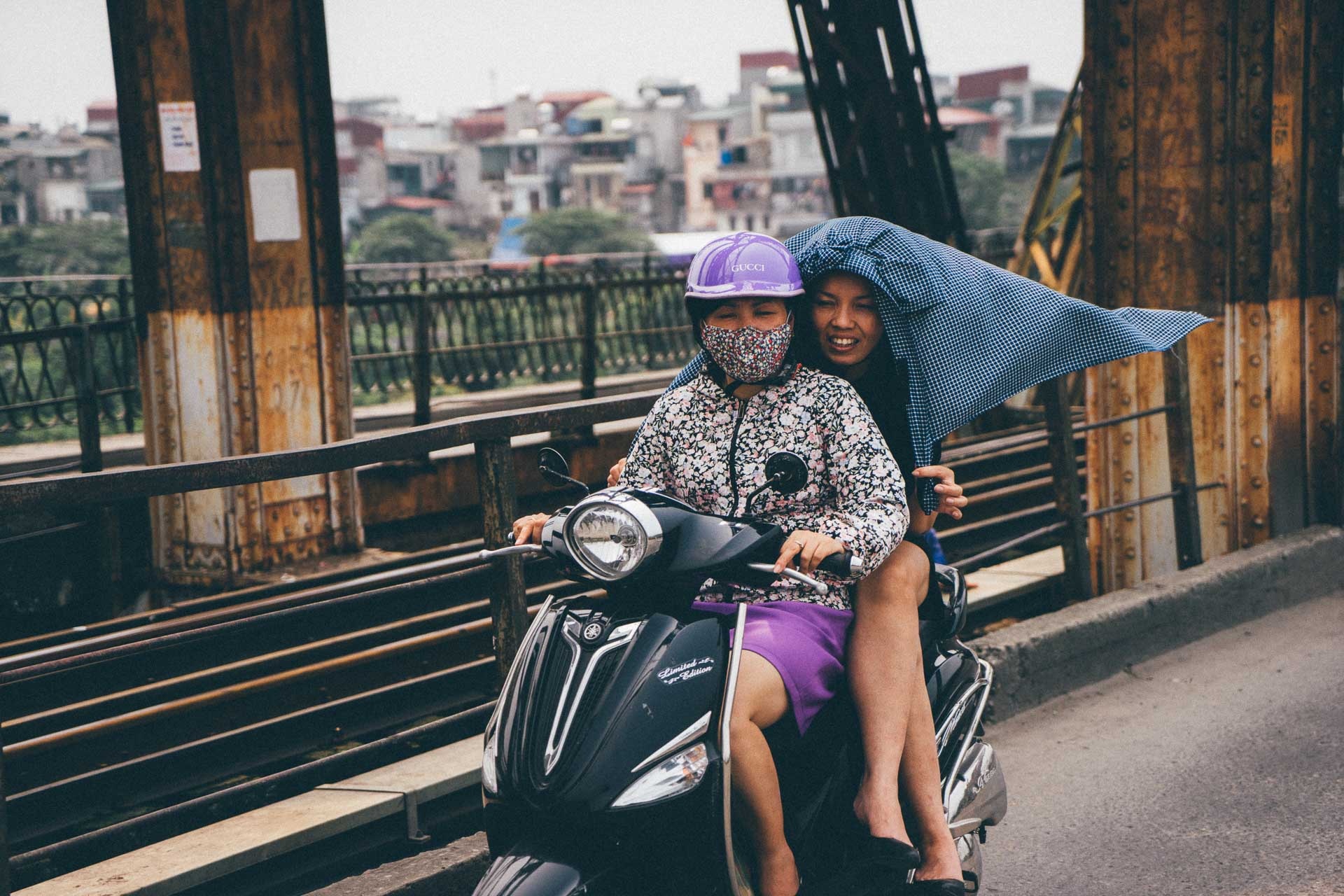
#5 Start in the south for the fast-paced party
As a city consumed with money, everything in Saigon (Ho Chi Minh City) is flashier: the dining scene; the party scene; the art scene. It’s a gold mine for the ‘fun-loving’ expats seeking the cosmopolitan life – think neon lights, rooftop bars and trendy cafes. Always outwardly worldly, Saigon’s foreign influences run thick and fast in this less crowded, tourist-friendly hub. Visit the south for the people and their progressive culture, but let’s not forget the weather.
#6 Great news: there is no wrong time to visit Vietnam
Typically warm and hot, the country’s long thin shape offers three varying weather climates. Down south, subtropical temperatures welcome sun chasers between the months of December and February. The canals of the Mekong Delta that wind past lush green jungle and the backpacker-approved Nha Trang party beach are two favourite summer spots.

For a slower pace, head in the direction of Cambodia for Phu Quoc Island – but as February draws to a close, so too does the warm weather. From March through to August, sun-seekers make the pilgrimage towards central Vietnam. But be warned: July is hot, hot, hot. Finally, in October, it’s time to swap the rain of the south for the hot and dry temperature of the north.
#7 Haggle ‘til your throat is hoarse
It’s perfectly acceptable – heck, even expected – to argue with a vendor about the price of their goods and English is spoken in most large towns and cities. The sooner you embrace this habit, the less of an easy target you’ll be. While the first trick to haggling is to do it in Vietnamese, fluency is not something a lot of us have on our side.
Instead, memorise the following key phrases: Dat qua! (Too expensive!) and Khong mua (I don’t want to buy). But if you find yourself tripping over intonation, consider walking away, then act on it. Play hardball and a stall owner is more likely to chase after you.

#8 Bathroom etiquette
When it comes to using the loo, always do as the locals do. If there’s a waste bin, be sure to toss your used tissues away, but if you’re in a hotel or shopping centre with an efficient sewage system, definitely flush! When on the move, most major towns will have public toilets, however it’s wise to keep a stash of toilet paper handy as well as a few dong for entry. In rural areas, there’s no avoiding the squat toilet. Ladies, opt for a sarong rather than shorts so there’s no need to channel your inner gymnast every time you answer nature’s call. Sorry fellas.
Jasmine is a freelance writer, currently based in London. She spent her formative being scolded by teachers for not being able to keep things to herself, but thanks to the internet her mouthing-off is not only embraced but slightly encouraged.



